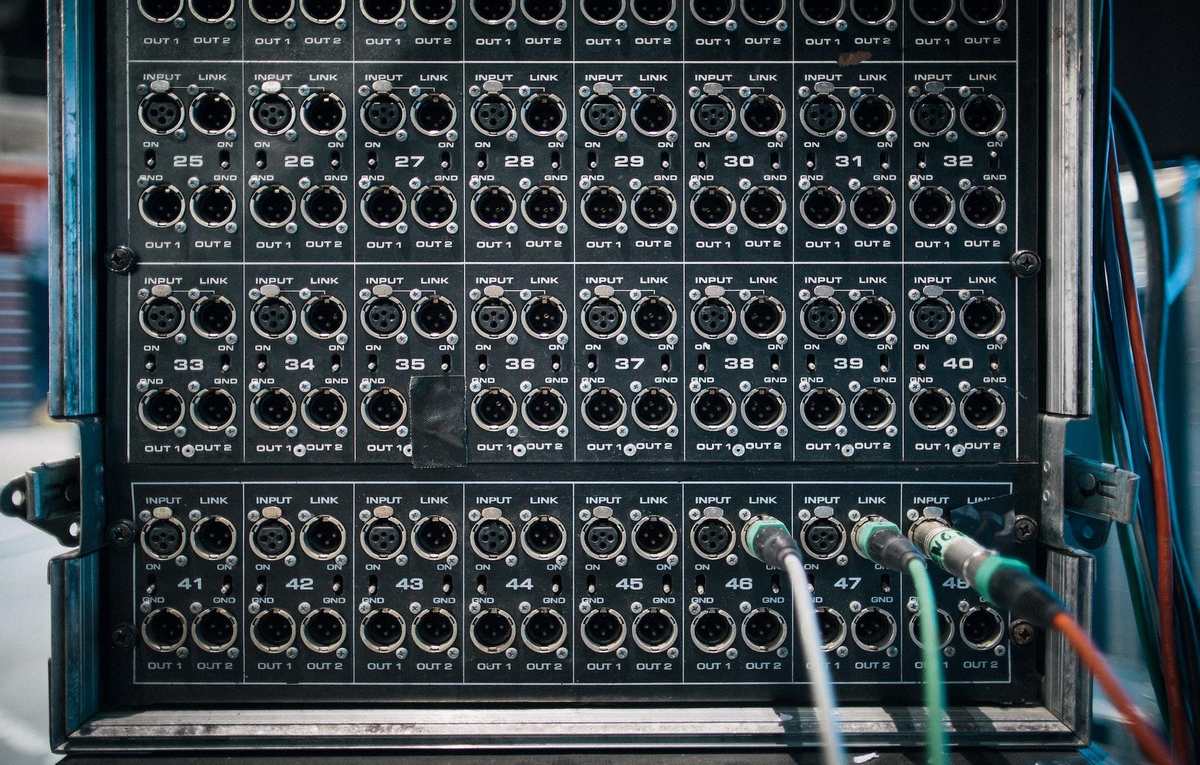
Audio cables play a crucial role in connecting audio devices and transmitting sound signals with optimal fidelity. This article aims to provide a comprehensive understanding of the importance of high-quality audio cables, different types available in the market, and tips for proper cable connection.
Additionally, it will explore how premium cables can enhance the overall sound experience. Troubleshooting common issues related to audio cables will also be addressed.
By adhering to technical precision and informative analysis, this article intends to educate readers on effectively harnessing the potential of audio cables for exceptional sound quality.
The Importance of High-Quality Audio Cables
The significance of using high-quality audio cables lies in their ability to effectively transmit signals without loss or distortion, ultimately enhancing the overall sound quality.
When it comes to audio cables, gold plated connectors offer several benefits. Gold plating provides a corrosion-resistant surface that ensures long-lasting and reliable connections. It also enhances conductivity by reducing resistance and improving signal transfer efficiency. This results in improved clarity and fidelity in the audio reproduction.
Additionally, the length of the cable plays a crucial role in sound quality. Longer cables can introduce signal degradation due to increased resistance and capacitance, leading to loss of high-frequency details and overall deterioration in sound accuracy. Therefore, choosing appropriate cable lengths is essential for maintaining optimal signal integrity and ensuring optimal sound reproduction.
Understanding Different Types of Audio Cables
Differentiating between various types of cables is crucial in comprehending the intricacies of audio connectivity. Audio cables come in different formats, with each type serving a specific purpose.
The first distinction to be made is between analog and digital audio cables. Analog cables transmit signals as continuous electrical waves, while digital cables transmit signals as discrete binary data.
Analog audio cable connectors commonly used include RCA (phono) connectors, XLR connectors, and 6.35mm (1/4 inch) jacks. These connectors are commonly found on consumer-grade equipment and professional audio equipment such as amplifiers and mixers.
Digital audio cable connectors include SPDIF (Sony/Philips Digital Interface Format), AES/EBU (Audio Engineering Society/European Broadcasting Union), and HDMI (High-Definition Multimedia Interface). These connectors are typically used for connecting devices like CD/DVD players, computers, and home theater systems that require high-quality digital audio transmission.
Tips for Properly Connecting Audio Cables
To establish a secure and reliable audio connection, it is essential to ensure proper alignment and firm attachment of the cable connectors. Cable management techniques play a crucial role in maintaining audio cable longevity.
One important technique is to avoid excessive bending or twisting of cables, as this can lead to signal degradation or even breakage over time. It is also recommended to use cable ties or clips to organize and secure cables, preventing them from being tangled or pulled on.
Additionally, regular inspection of cables for any signs of wear and tear, such as fraying or exposed wires, is necessary for their long-term viability. By implementing these cable management techniques and taking care of the connectors themselves through proper attachment methods, users can enjoy uninterrupted audio transmission with minimal risk of damage or failure.
Enhancing Your Sound Experience With Premium Cables
Premium cables can enhance the quality of your listening experience by providing a higher level of signal integrity and reducing potential interference. Investing in high-end audio cables offers several benefits.
Firstly, these cables are constructed using higher quality materials, such as oxygen-free copper or silver, which have better conductivity and lower resistance compared to standard cables. This results in improved transmission of audio signals, leading to clearer and more accurate sound reproduction.
Secondly, premium cables are designed with superior shielding techniques to minimize electromagnetic interference from external sources, ensuring that the audio signal remains clean and free from distortions.
Additionally, it is important to consider cable length when aiming for optimal sound quality. Longer cable lengths may introduce signal loss and degradation due to increased resistance and capacitance. Therefore, using shorter premium cables can help maintain the integrity of the audio signal throughout the system, resulting in a more immersive listening experience.
Troubleshooting Common Audio Cable Issues
Troubleshooting common issues with audio cables requires a systematic approach to identify and resolve potential problems that may affect the quality of the sound signal transmission.
One common problem is cable connectivity issues, which can be caused by loose connections or damaged cables. To troubleshoot this issue, one should check if the connectors are securely plugged in and ensure that there are no visible signs of damage on the cables.
Another common problem is interference, which can result in static or distorted sound. Troubleshooting techniques for this issue include checking for nearby electronic devices that may be causing interference, using shielded cables to minimize external interference, and avoiding long cable runs near power sources or high voltage lines.
Additionally, it is important to inspect the audio connectors regularly for any signs of wear and tear as well as ensuring proper grounding to prevent ground loop issues.

![SOLUTION MFC120u.dll is missing error in Windows [2021]](https://techunwrapped.com/wp-content/uploads/2021/02/1430-falta-mfc120-dll-windows-solucion.jpg)
![✔ Positive and negative iPhone 12 Mini opinions [2021]](https://techunwrapped.com/wp-content/uploads/2021/01/1135-iphone-12-mini-e1611666081889.jpg)
